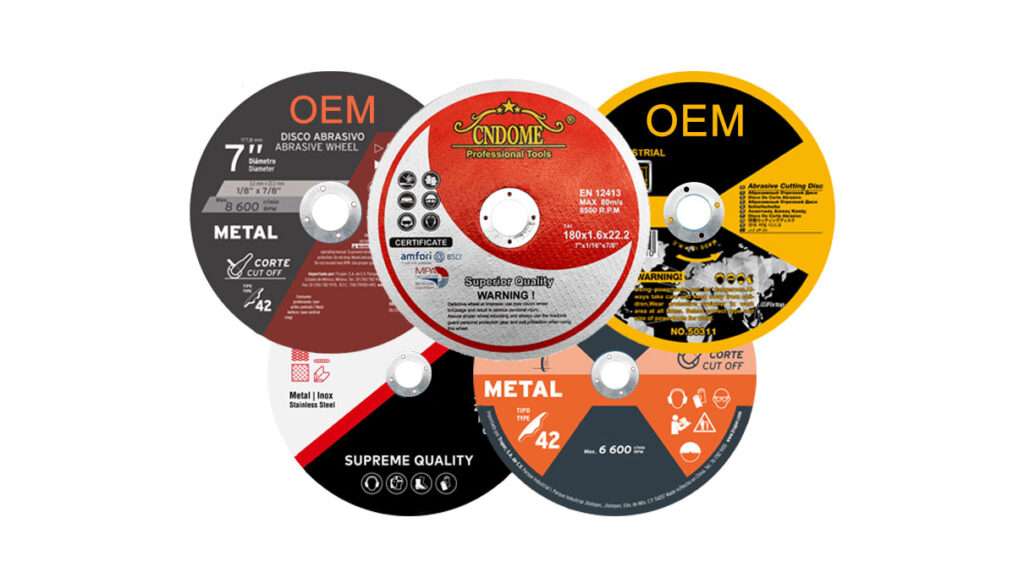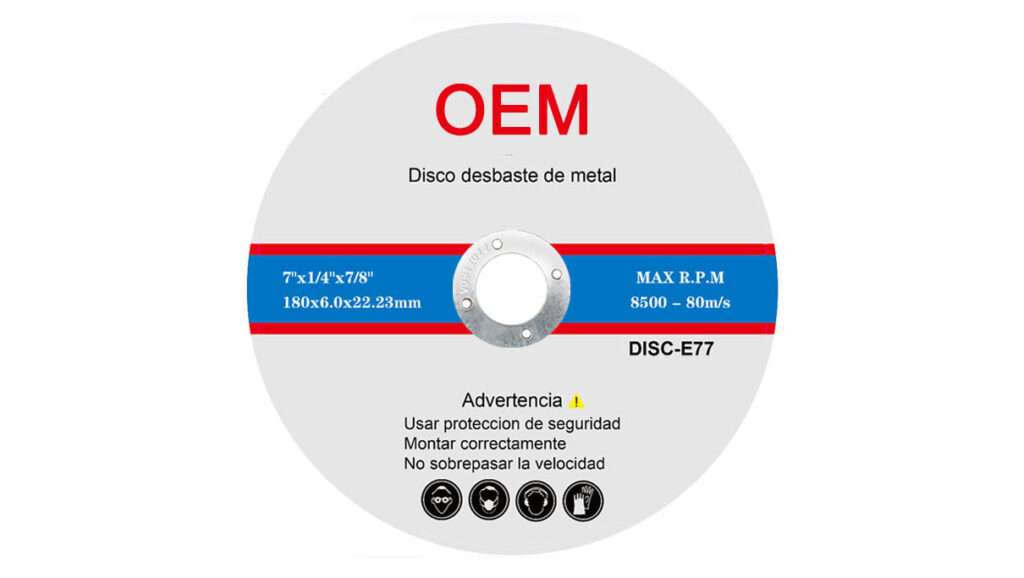Cutting stainless steel requires precision, efficiency, and the right tools. Among these tools, cutting wheels play a crucial role. Whether you’re a professional fabricator or a DIY enthusiast, understanding the nuances of cutting wheels for stainless steel can significantly impact the quality of your work and the lifespan of your tools.
Why Use Special Cutting Wheels for Stainless Steel?
Stainless steel is known for its toughness and resistance to corrosion, which makes it more challenging to cut compared to other metals. Regular cutting wheels might wear out quickly or fail to deliver a clean cut. Specialized cutting wheels for stainless steel are designed to handle these challenges, providing a balance of durability and performance.
Types of Cutting Wheels
1. Type 1 (Flat) Wheels: These are the most common and are used for general-purpose cutting. They are flat, making them suitable for cutting through various materials, including stainless steel.
2.Type 27 (Depressed Center) Wheels: These wheels have a slightly recessed area in the center, allowing for better visibility and access during cutting. They are ideal for tasks where a flush cut is needed.
3.Type 41 (Cut-Off Wheels): These wheels are thin and designed specifically for cutting. They offer a fast and precise cut but may not be suitable for heavy-duty tasks.
Materials and Composition
Cutting wheels for stainless steel are often made from a blend of abrasive materials like aluminum oxide, zirconia alumina, or ceramic. Each material has its advantages:
- Aluminum Oxide: Known for its durability and affordability, it’s a common choice for general cutting tasks.
- Zirconia Alumina: Provides a sharper cut and longer lifespan compared to aluminum oxide. It’s ideal for tougher materials like stainless steel.
- Ceramic: Offers exceptional performance and longevity. It’s best for heavy-duty cutting and high-speed applications.
Choosing the Right Cutting Wheel
- Thickness: Thinner wheels (1/16″ to 1/8″) are suitable for precision cutting, while thicker wheels offer more durability and can handle tougher jobs.
- Diameter: Ensure the diameter of the wheel matches your tool’s specifications. Common sizes include 4.5″, 5″, and 7″.
- Speed Rating: Always check the maximum RPM rating of the cutting wheel to ensure it matches your tool’s speed.
Safety Tips
- Wear Protective Gear: Safety glasses, gloves, and a face shield are essential when cutting stainless steel.
- Check Wheel Condition: Inspect wheels for cracks or damage before use. A damaged wheel can be hazardous.
- Proper Tool Handling: Ensure the cutting wheel is properly mounted and the tool is in good working condition.
Maintenance and Care
To extend the life of your cutting wheels, store them in a dry, cool place. Avoid dropping or subjecting them to heavy impacts, as this can cause internal fractures.
Conclusion
Selecting the right cutting wheel for stainless steel can make a significant difference in your project’s outcome. By understanding the types, materials, and safety considerations, you can choose a cutting wheel that meets your needs and enhances your cutting efficiency. Happy cutting!



